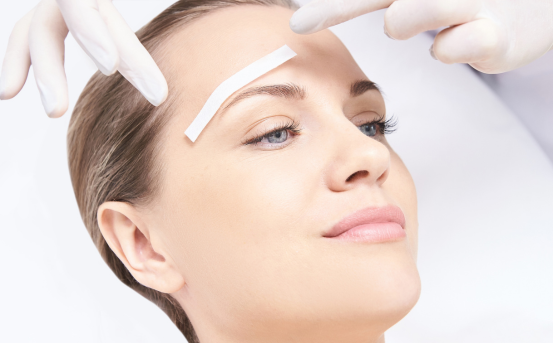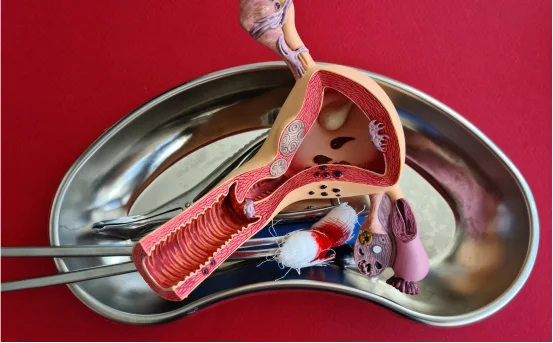Chronic Obstructive Pulmonary Disease (COPD) is a progressive lung condition that includes diseases like emphysema and chronic bronchitis. It is a major cause of morbidity and mortality worldwide, yet it is also one of the most preventable respiratory diseases. Understanding and implementing the right preventive measures in chronic obstructive pulmonary disease can significantly improve quality of life and reduce disease progression.
What is Chronic Obstructive Pulmonary Disease (COPD)?
COPD is a long-term lung disease that causes obstructed airflow from the lungs. Symptoms typically include:
-
Shortness of breath
-
Increased mucus production
-
Wheezing
-
Frequent respiratory infections
The disease is progressive, meaning it worsens over time if not managed properly. While there is no cure for COPD, preventive strategies can greatly reduce its impact and slow its progression.
Why Prevention of COPD is Crucial
preventive measures in chronic obstructive pulmonary disease aim to:
-
Delay disease progression
-
Reduce hospitalizations and flare-ups
-
Improve breathing and overall lung function
-
Enhance daily living and reduce dependency on medications
COPD prevention is not just for high-risk individuals—everyone can benefit from lung-healthy habits.
Key Preventive Measures in COPD
-
Quit Smoking
The number one cause of COPD is tobacco smoke. More than 85% of COPD cases are linked to smoking.
How to quit:
-
Join a smoking cessation program
-
Use nicotine replacement therapy (patches, gums)
-
Seek support from doctors and counselors
-
Try prescription medications like varenicline or bupropion
Quitting smoking at any stage of life significantly improves lung health and reduces further damage.
-
-
Avoid Secondhand Smoke and Air Pollutants
Even if you don’t smoke, secondhand smoke and environmental pollutants can trigger COPD symptoms or contribute to its development.
Preventive tips:
-
Avoid indoor and outdoor areas where smoking is allowed
-
Use air purifiers at home
-
Stay indoors during high air pollution days
-
Avoid exposure to fumes from chemical cleaning agents, paints, and vehicle exhaust
-
-
Occupational Safety :-People working in environments with dust, fumes, or chemicals are at increased risk of developing COPD.
Protective strategies:
-
Use masks or respirators in high-risk workplaces
-
Ensure proper ventilation
-
Follow safety protocols and wear protective equipment
-
Regularly undergo lung function tests if working in high-exposure industries
-
-
Vaccinations :-People with COPD or at risk should be vaccinated to prevent infections that can exacerbate symptoms.
-
Recommended vaccines include:
-
Influenza vaccine – yearly
-
Pneumococcal vaccine – as per age and health conditions
-
COVID-19 vaccine and boosters
-
Pertussis and Tdap (for whooping cough)
Preventing infections helps avoid flare-ups and hospitalizations.
-
-
Healthy Diet and Exercise :- A well-balanced diet and regular physical activity strengthen your immune system and improve lung efficiency.
-
Nutritional recommendations:
-
Eat antioxidant-rich foods (berries, leafy greens, nuts)
-
Include omega-3 fatty acids (salmon, flaxseeds)
-
Stay hydrated to thin mucus in the lungs
-
Limit processed and salty foods
Exercise tips:
-
Engage in light aerobic exercises like walking or cycling
-
Try breathing exercises like pursed-lip breathing
-
Practice yoga to improve lung capacity
-
Consult a pulmonary rehab program for guidance
-
-
Regular Health Checkups
Early diagnosis can help in better management of COPD. If you’re at risk or experiencing symptoms:
-
Get a spirometry test to measure lung function
-
Monitor symptoms like breathlessness or fatigue
-
Work with a pulmonologist for a personalized COPD action plan
-
Check oxygen levels and lung capacity regularly
-
-
Managing Indoor Air Quality :- Indoor environments can harbor pollutants that irritate the lungs.
Improve indoor air quality by:
-
Avoiding the use of indoor fireplaces or wood-burning stoves
-
Using exhaust fans in kitchens and bathrooms
-
Keeping houseplants to filter air naturally
-
Regularly cleaning air filters in HVAC systems
-
-
Stress Management and Mental Health :- Chronic conditions like COPD can affect mental health. Anxiety and depression can worsen symptoms.
Preventive mental health practices:
-
Join COPD support groups
-
Practice mindfulness or meditation
-
Seek counseling or therapy if needed
-
Ensure adequate sleep
-
Who is at Risk of COPD?
While smoking is the primary cause, other risk factors include:
-
Exposure to biomass fuels in cooking (especially in rural areas)
-
Genetic factors like Alpha-1 antitrypsin deficiency
-
History of childhood respiratory infections
-
Asthma and other lung conditions
-
Age 40 and above with persistent respiratory symptoms
When to See a Doctor?
Early signs that shouldn’t be ignored:
-
Ongoing cough lasting more than 8 weeks
-
Shortness of breath while doing daily activities
-
Wheezing or chest tightness
-
Frequent respiratory infections
Timely intervention can help control the disease before it becomes severe.
Conclusion
Preventive measures in Chronic Obstructive Pulmonary Disease (COPD) play a critical role in reducing the disease burden. Whether you’re trying to prevent COPD or manage it after diagnosis, lifestyle changes and proactive health habits are key.
By quitting smoking, avoiding pollutants, maintaining a healthy lifestyle, and getting regular checkups, individuals can lead fuller, more active lives—even with COPD. Prevention begins with awareness—start protecting your lungs today.























